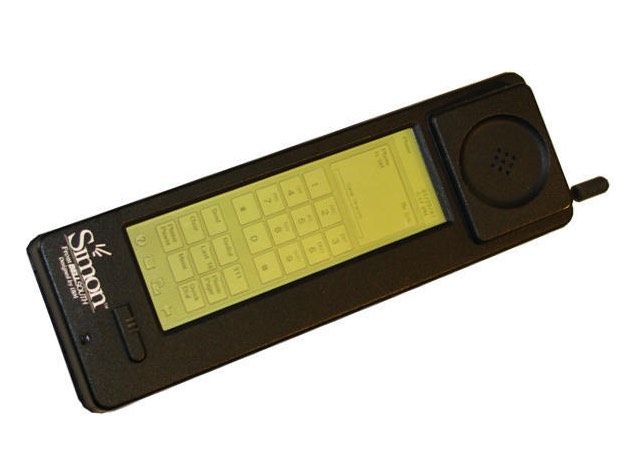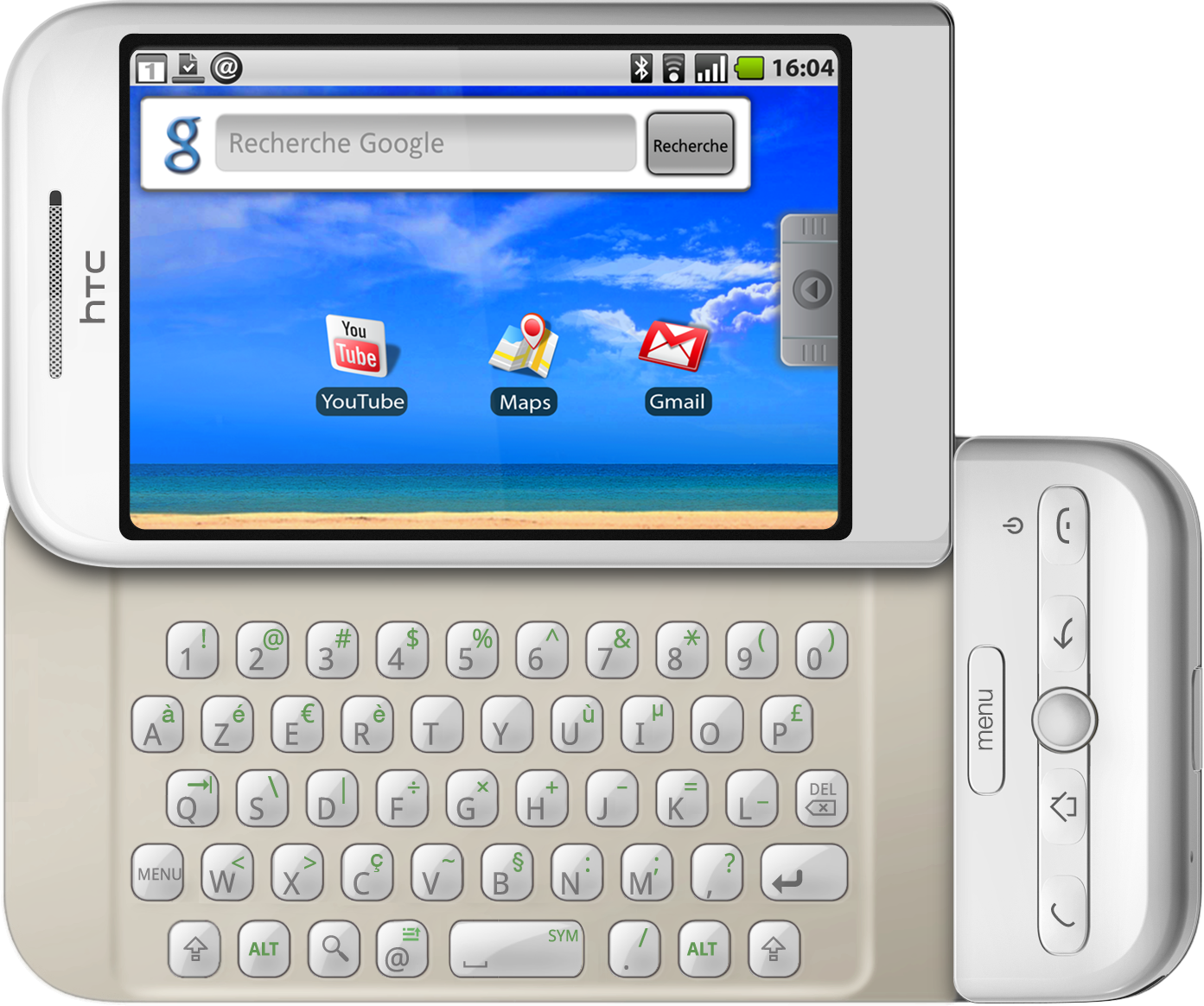As a tech lover, I have seen the evolution of technology firsthand. One of the most significant advancements in recent years has been the smartphone. The first smartphone was a game-changer, and it revolutionized the way we communicate. In this article, I will explore the history of the first smart phone, its impact on communication, and the future of mobile technology.
Read also: Exploring the World of Investment: What is Investment Banking?
Introduction
The first smartphone was the IBM Simon, which was released in 1993. It was a handheld device that had a touchscreen and a stylus. The Simon was the first phone to have internet capabilities, and it could send and receive faxes and emails. The device was also capable of making phone calls and had a built-in calendar, calculator, and address book.
The Simon was ahead of its time, but it was not a commercial success. It was too expensive and too bulky for most consumers. However, it paved the way for future smart phones.
Read also: How No Credit Check Loans Can Help You Get the Money You Need.
The First Smartphone with Internet Capabilities
The IBM Simon was the first smartphone with internet capabilities, but it was not the first phone to connect to the internet. The first phone to connect to the internet was the Nokia 9000 Communicator, which was released in 1996. The 9000 Communicator was a large, brick-like phone that had a full keyboard and a small screen. It was designed for business users and was capable of sending and receiving emails.

The 9000 Communicator was a significant step forward in mobile technology, but it was not a smartphone. It did not have a touchscreen or support for third-party apps. The IBM Simon was the first smartphone with internet capabilities, and it laid the foundation for future smartphones.

Evolution of Mobile Phones before the First Smartphone
Before the first smartphone, there were mobile phones. The first mobile phone was the Motorola DynaTAC, which was released in 1983. It was a large, expensive device that was only available to wealthy consumers. The DynaTAC was not a smartphone, but it was the first commercially available mobile phone.
Over the next decade, mobile phones became smaller and more affordable. In the 1990s, flip phones became popular, and they were more compact than their predecessors. However, they were still not smartphones. They were capable of making phone calls and sending text messages, but they lacked internet capabilities and support for third-party apps.
The First Android Smartphone
The first Android smartphone was the HTC Dream, which was released in 2008. It was the first phone to run on the Android operating system, which was developed by Google. The Dream had a touchscreen and a slide-out keyboard. It was a significant step forward in mobile technology, and it paved the way for future Android devices.

The Impact of the First Smartphone on Communication
The first smartphone had a significant impact on communication. It made it easier to stay connected with friends and family, and it revolutionized the way we communicate. With the ability to send and receive emails, text messages, and phone calls, the smartphone made it possible to stay connected no matter where you were.
The smartphone also made it easier to collaborate with colleagues and work remotely. With email and messaging apps, it became possible to work from home or on the go. This has had a significant impact on the way we work, and it has made it easier to balance work and personal life.
How the First Smartphone Changed the Way We Work
Before the first smartphone, work was done in the office or at home. With the smart phone, work can be done anywhere. This has made it easier for people to work remotely, and it has changed the way we work. With the ability to check email and send messages on the go, people are no longer tied to their desks.
The smartphone has also made it easier to collaborate with colleagues. With messaging apps like Slack and Zoom, it is possible to work on projects with people in different locations. This has made it easier for companies to hire remote workers, and it has opened up new opportunities for people who live in rural areas.
Read also these FintechZoom articles:
When Did Smartphones Become Popular?
Smartphones became popular in the late 2000s and early 2010s. The iPhone, which was released in 2007, was a significant factor in the popularity of smart phones. The iPhone was the first phone to have a touchscreen that was easy to use, and it had support for third-party apps. It was a game-changer, and it paved the way for future smartphones.
Android devices also became popular in the early 2010s. Android devices were more affordable than iPhones, and they had support for third-party apps. This made them popular with consumers who wanted a smartphone but could not afford an iPhone.
Advancements in Smartphone Technology Since the First Smartphone
Since the release of the first smart phone, there have been many advancements in mobile technology. Smartphones have become smaller, more powerful, and more affordable. They have better cameras, longer battery life, and support for 5G networks.
Smartphones have also become more secure. With features like fingerprint scanners and facial recognition, it is easier to protect your phone from unauthorized access. This has made it easier to store sensitive information on your phone, such as banking information and personal data.
The Future of Smartphones
The future of smart phones is bright. There will be advancements in mobile technology that we can’t even imagine yet. Smartphones will become even more powerful, with better cameras, longer battery life, and faster processors. They will also become more affordable, making them accessible to more people around the world.
There will also be advancements in augmented reality (AR) and virtual reality (VR) technology. This will change the way we use our phones, and it will open up new opportunities for entertainment and education.
Conclusion
The first smartphone was a game-changer, and it revolutionized the way we communicate. It paved the way for future smartphones and opened up new opportunities for communication and collaboration. As technology continues to evolve, we can expect even more advancements in mobile technology. The future of smart phones is bright, and I can’t wait to see what’s next.


